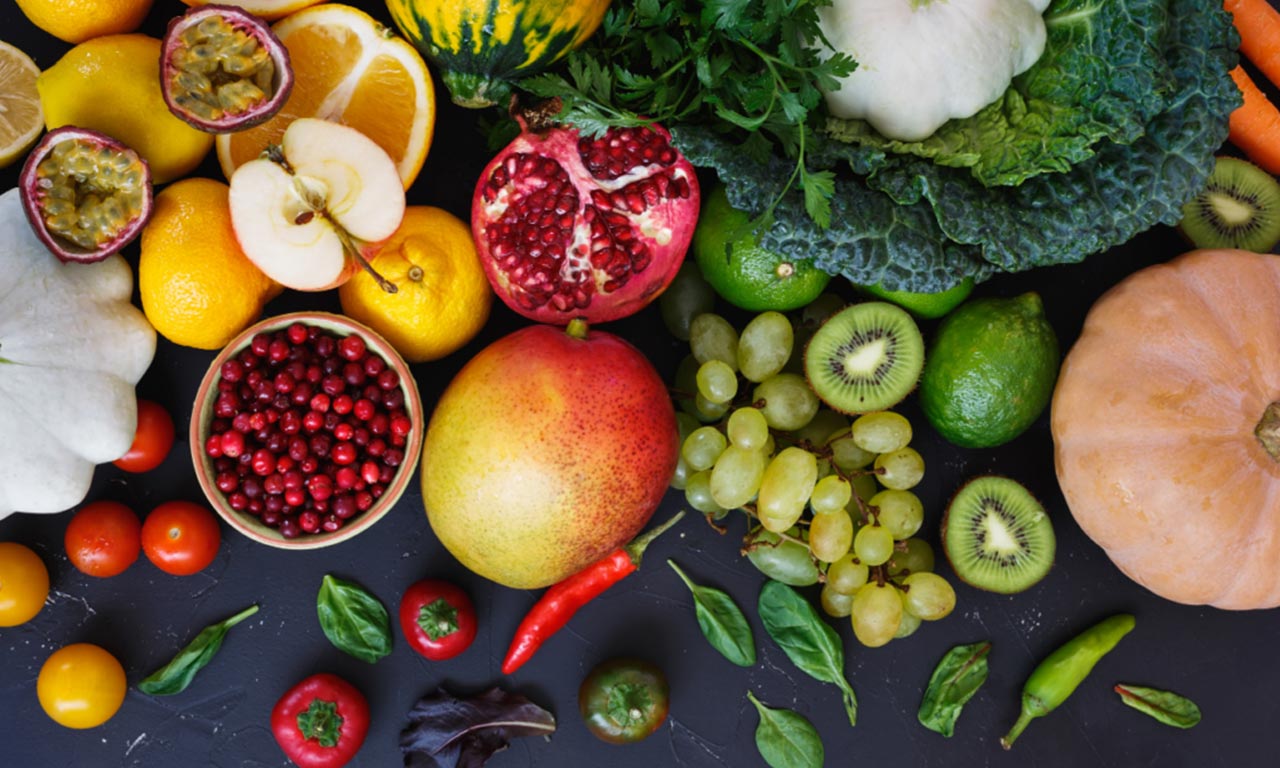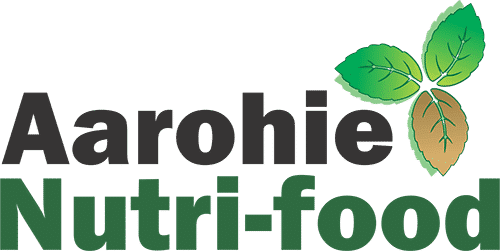
A-Z OF NUTRITION
Learn more about nutrition and the supplements that you need with our easy A-Z nutrition guide!
A – Antioxidants
Antioxidants are substances that protect and repair your cells from damage caused by free radicals, that contribute to ageing, cancer, and certain diseases. Antioxidants occur naturally in plant-based foods.
B – Vitamin B
There are eight B vitamins — collectively called B complex vitamins. Though each of these vitamins has unique functions, as the building blocks of a healthy body, vitamin B has a direct impact on your energy levels, brain function, and cell metabolism.
C – Vitamin C
Vitamin C is an antioxidant vitamin needed for the formation of collagen to hold the cells together and for healthy teeth, gums, and blood vessels. It also improves iron absorption and resistance to infection. Fruit and vegetables are good sources of vitamin C.
D – Vitamin D
Vitamin D promotes absorption and use of calcium and phosphate for healthy bones and teeth. The body synthesises vitamin D when our skin is exposed to at least 10-15 minutes of sunshine per day.
E – Essential Fatty Acid
Only two fatty acids are known to be essential for humans: alpha-linolenic acid (an omega-3 fatty acid) and linoleic acid (an omega-6 fatty acid). They are essential because your body cannot produce them on its own so they must come from your diet.
F – Fibre
Fibre plays a key role in preventing constipation, cancer, and heart disease. Fruit and vegetables are good sources of fibre. There are several different types of dietary fibre. The three major types are soluble fibre, insoluble fibre, and resistant starch.
G – Gut
The gut (gastrointestinal tract) is the long tube that starts at the mouth and ends at the back passage (anus). Your body contains trillions of microbes, most of which are beneficial. The densest microbe population is in your gut, where they play a critical role in digestion, immune function, and weight regulation. To improve your gut health, eat a wide range of plant-based foods.
H – HDL Cholesterol
HDL cholesterol is the well-behaved “good cholesterol. HDL is short for high-density lipoprotein. Cholesterol has several useful functions, including helping to build your body’s cells. Exercising is the best way to pump up your HDL.
I – Iron
Iron helps create healthy blood and carries oxygen around the body. Iron is found in legumes, wholegrain bread and cereals, green leafy vegetables, nuts, and seeds.
J – Juicing
Juicing, a process that involves extracting the nutritious juices from fresh fruits and vegetables has become increasingly popular in recent years. If you struggle to eat enough fruits and vegetables each day, juicing is a convenient way to get a wide range of important nutrients.
K – Vitamin K
The body needs vitamin K to produce prothrombin, a protein and clotting factor that is important in blood clotting and bone metabolism. Vitamin K1 occurs in high amounts in leafy green vegetables.
L – LDL Cholesterol
LDL (low-density lipoprotein), sometimes called “bad” cholesterol, makes up most of your body’s cholesterol. High levels of LDL cholesterol raise your risk for heart disease and stroke.
M – Magnesium
Magnesium is the fourth most abundant mineral in your body. Low magnesium levels have been linked to many negative health outcomes, including weakness, depression, high blood pressure and heart disease.
N – Nutrients
The seven major classes of nutrients are carbohydrates, fats, fibre, minerals, proteins, vitamins, and water. Nutrients can be grouped as either macronutrients or micronutrients (needed in small quantities). Carbohydrates, fats, and proteins are macronutrients and provide energy. Water and fibre are macronutrients but do not provide energy. The micronutrients are minerals and vitamins.
O – Organic Foods
The term “organic” refers to the way agricultural products are grown and processed. Organic foods often have more beneficial nutrients, such as antioxidants, than their conventionally grown counterparts.
P – Protein
Protein is important for the growth of body cells and makes up virtually every part of the body. Protein can be found in dried peas, soy and baked beans, peanut butter, nuts, eggs, cheese, lean meat, fish, and whole grains.
Q – Quality of Life
Good nutrition promotes health-related quality of life (HRQOL) by averting malnutrition, preventing dietary deficiency disease, and promoting optimal functioning. However, definitions of quality of life also encompass life satisfaction and both physical and mental well-being.
R – Recommended Daily Allowances
Recommended Dietary Allowances (RDAs) are the levels of intake of essential nutrients that, based on scientific knowledge, are judged by the Food and Nutrition Board to be adequate to meet the known nutrient needs of practically all healthy persons.
S – Saturated Fats
Saturated fats are solid at room temperature and are sometimes called solid fats. The basic carbon structure of these fatty acids is “saturated” with hydrogen atoms. Saturated fat may increase health risks if a person consumes too much over a long period.
T – Trans Fat
Trans fats are manufactured. They are the product of a process that adds hydrogen to liquid vegetable oils to make them more solid. Another name for trans fats is partially hydrogenated oils. Trans fats are not essential, and they have damaging health effects.
U – Unsaturated Fats
Unsaturated fats are liquid at room temperature, and they mostly derive from plant oils. Healthcare professionals consider these to be “good” fats.
V – Vegetables
Vegetables are parts of plants that are consumed by humans or other animals as food. The original meaning is still commonly used and is applied to plants collectively to refer to all edible plant matter, including the flowers, fruits, stems, leaves, roots, and seeds. No single fruit or vegetable provides all the nutrients you need to be healthy. Eat plenty every day.
W – Water
Water is one of the nutrients that our body requires for health and it makes up 50-70% of our body weight. All cells in the body require it and adequate water intake helps prevent dehydration. 6-8 glasses of water are required each day, more than this may be required during hot weather or for active people.
X – Exercise
Exercise is any bodily activity that enhances or maintains physical fitness and overall health and wellness. It is performed for various reasons, to aid growth and improve strength, preventing ageing, developing muscles and the cardiovascular system, honing athletic skills, weight loss or maintenance, improving health and for enjoyment.
Y – Yogurt
Yogurt is a popular dairy product that’s made by the bacterial fermentation of milk. It’s very nutritious and eating it regularly may boost several aspects of your health. For example, yogurt has been found to reduce the risk of heart disease and osteoporosis, as well as aid in weight management.
Z – Zinc
Zinc is an essential mineral for human beings and is part of many reactions in the body. It plays a role in wound healing, our ability to taste and in growth and reproduction. Good plant sources of zinc include rolled oats, unprocessed bran, rice, muesli, wholegrain bread, and cereals.
